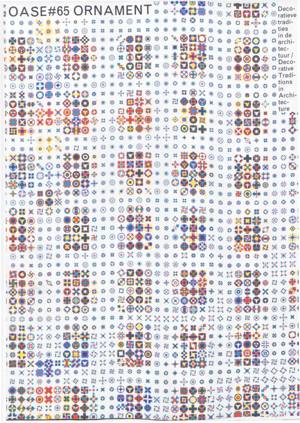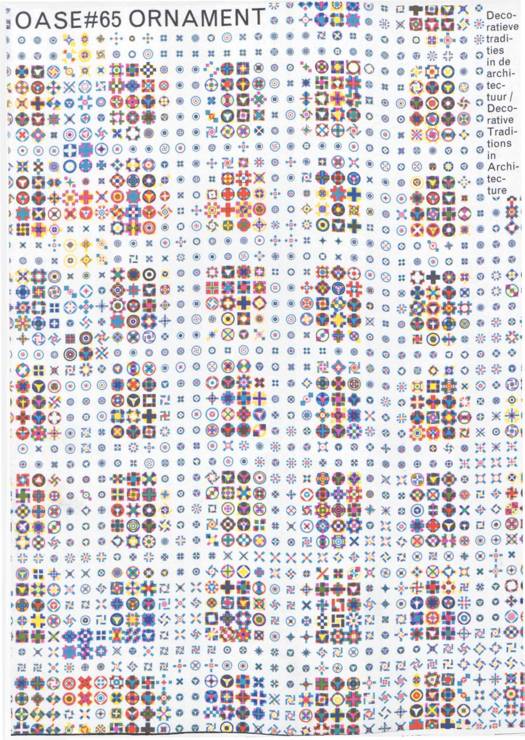
- Afhalen na 1 uur in een winkel met voorraad
- Gratis thuislevering in België vanaf € 30
- Ruim aanbod met 7 miljoen producten
- Afhalen na 1 uur in een winkel met voorraad
- Gratis thuislevering in België vanaf € 30
- Ruim aanbod met 7 miljoen producten
Zoeken
Omschrijving
Set against the background of artistic production in a highly eclectic age, the limited range of references explored by many architects and their focus on the forms and models of modernism produced after the 1920s, are remarkable. While re-inventions of modernist formal exercises dominate architectural publications, interior design magazines display a shameless interest for traditional design approaches that allow modern sophisticated Europeans to relate to a past beyond the 20th century. This issue of OASE examines how figurative architectural traditions can contribute to understanding historic dimensions that affect the everyday lives of contemporary Europeans. The question is whether or not the reference to tradition reworked into architecture can be more than a spicy ingredient in the rich pudding of lifestyles and fashions by which we give shape to our environment now. This is a question of particular relevance in the Netherlands, which has contributed beyond proportion to all forms of modernisms and which is at present involved in an uneasy and moralistic debate on its own traditions.
Specificaties
Betrokkenen
- Uitgeverij:
Inhoud
- Aantal bladzijden:
- 143
- Taal:
- Meerdere talen
- Reeks:
Eigenschappen
- Productcode (EAN):
- 9789462087125
- Verschijningsdatum:
- 14/03/2022
- Uitvoering:
- E-book
- Beveiligd met:
- Digital watermarking
- Formaat:

Alleen bij Standaard Boekhandel
+ 14 punten op je klantenkaart van Standaard Boekhandel
Beoordelingen
We publiceren alleen reviews die voldoen aan de voorwaarden voor reviews. Bekijk onze voorwaarden voor reviews.










